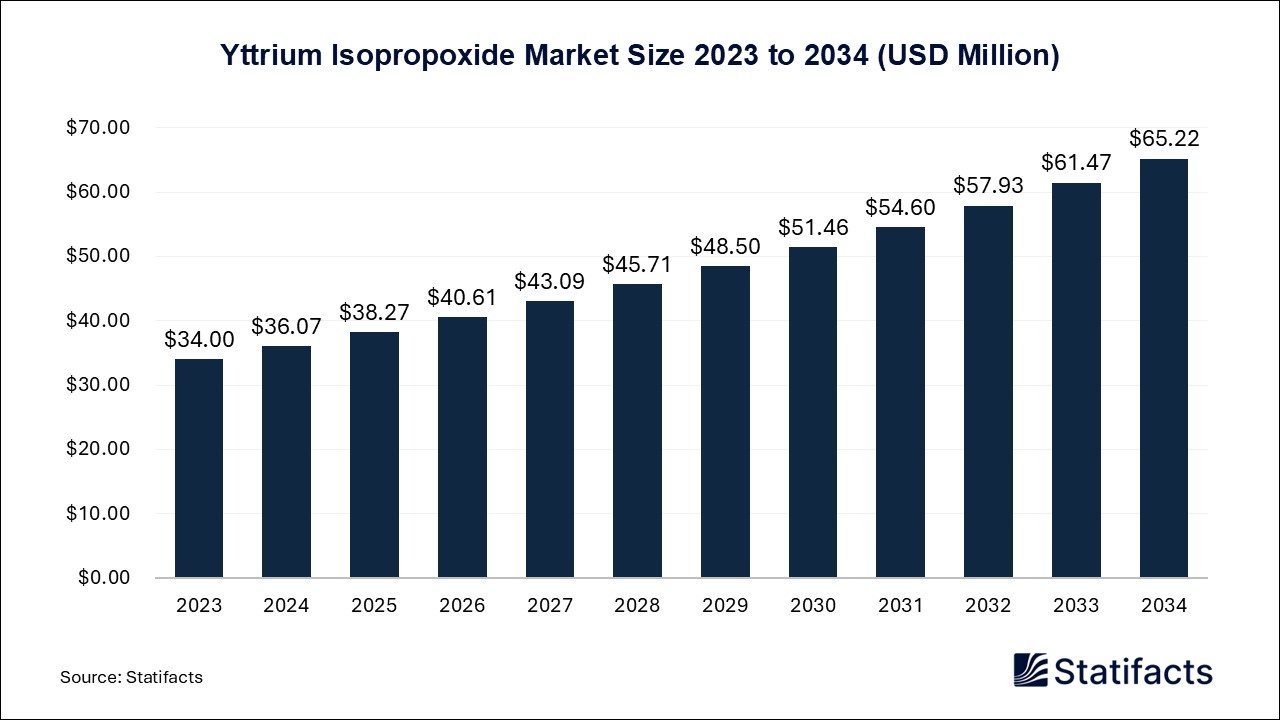
By clicking “Accept All Cookies” you agree to the storing of cookies on your device to enhance site navigation, analyze site usage, and assist in our marketing efforts.
Privacy PolicyGlobal Artillery Game Market (By Type: Military Simulation, Strategy Battle, Others; By Application: Military Training, Education and Research, Leisure and Entertainment, Others; By Region: North America, Europe, Asia-Pacific, Latin America, Middle East and Africa) Industry Size, Share, Growth, Trends 2025 to 2034.
The global artillery game market, valued at USD 2,040 million in 2024, is projected to reach USD 5,792 million by 2034, advancing at a CAGR of 11% fueled by immersive gaming experiences, AR/VR integration, and expanding online gaming communities.
| Reports Attributes | Statistics |
| Market Size in 2024 | USD 2,040 Million |
| Market Size in 2025 | USD 2,264 Million |
| Market Size in 2031 | USD 4,235 Million |
| Market Size by 2034 | USD 5,792 Million |
| CAGR 2025 to 2034 | 11% |
| Base Year | 2024 |
| Forecast Period | 2025 to 2034 |
The artillery game market has gained momentum in recent years, supported by the rising popularity of military simulation and strategy-based gaming. These games attract players seeking tactical decision-making, realistic weaponry, and immersive environments. Advancements in graphics further boost demand, as does the growth of online multiplayer formats and wider access to mobile platforms and high-speed internet, all of which expand the player base globally.
However, the sector faces certain hurdles. Content regularization in regions with strict oversight on violence, along with high localization costs, can limit scalability. Despite these restraints, new opportunities continue to emerge. Cross-platform gaming has enhanced accessibility, allowing players to transition seamlessly between consoles, PCs, and mobile devices. Meanwhile, the integration of virtual and augmented reality is poised to redefine gameplay immersion, creating new competitive advantages. Expanding monetization models, such as battle passes and in-game purchases, also present significant growth opportunities.
Artificial intelligence (AI) is increasingly reshaping artillery games. Developers utilize AI to create adaptive, dynamic gameplay where enemy behavior adjusts in real-time, thereby elevating realism. Beyond player interaction, AI tools streamline coding and design tasks, enhance physics and animation, and personalize user experiences through data-driven insights. With these applications, AI is driving a new era of smarter, more interactive artillery gaming experiences
| Regions | Shares (%) |
| North America | 34% |
| Asia Pacific | 34% |
| Europe | 26% |
| Latin America | 3% |
| Middle East & Africa | 3% |
| Segments | Shares (%) |
| Military Simulation | 34% |
| Strategy Battle | 50% |
| Others | 16% |
| Segments | Shares (%) |
| Military Training | 20% |
| Education and Research | 15% |
| Leisure and Entertainment | 55% |
| Others | 10% |
Published by Yogesh Kulkarni
| Type ) | 2024 | 2025 | 2026 | 2027 | 2028 | 2029 | 2030 | 2031 | 2032 | 2033 | 2034 |
|---|---|---|---|---|---|---|---|---|---|---|---|
| Military Simulation | 693.60 | 774.42 | 864.64 | 965.33 | 1,077.71 | 1,203.13 | 1,343.11 | 1,499.32 | 1,673.65 | 1,868.19 | 2,085.27 |
| Strategy Battle | 1020 | 1,129.94 | 1,251.72 | 1,386.61 | 1,536.04 | 1,701.57 | 1,884.93 | 2,088.04 | 2,313.02 | 2,562.23 | 2,838.29 |
| Others | 326.40 | 360.04 | 397.12 | 438.03 | 483.11 | 532.82 | 587.61 | 648.01 | 714.59 | 787.98 | 868.86 |
| Application | 2024 | 2025 | 2026 | 2027 | 2028 | 2029 | 2030 | 2031 | 2032 | 2033 | 2034 |
|---|---|---|---|---|---|---|---|---|---|---|---|
| Military Training | 408 | 455.14 | 507.72 | 566.36 | 631.76 | 704.69 | 786.02 | 876.72 | 977.86 | 1,090.64 | 1,216.41 |
| Education and Research | 306 | 337.40 | 372 | 410.13 | 452.14 | 498.44 | 549.45 | 605.66 | 667.58 | 735.79 | 810.94 |
| Leisure and Entertainment | 1122 | 1,249.95 | 1,392.47 | 1,551.22 | 1,728.05 | 1,925.01 | 2,144.39 | 2,388.75 | 2,660.91 | 2,964.05 | 3,301.68 |
| Others | 204 | 221.91 | 241.29 | 262.26 | 284.91 | 309.38 | 335.79 | 364.24 | 394.91 | 427.92 | 463.39 |
| Region | 2024 | 2025 | 2026 | 2027 | 2028 | 2029 | 2030 | 2031 | 2032 | 2033 | 2034 |
|---|---|---|---|---|---|---|---|---|---|---|---|
| North America | 693.60 | 765.37 | 844.53 | 931.85 | 1,028.16 | 1,134.38 | 1,251.53 | 1,380.73 | 1,523.21 | 1,680.32 | 1,853.57 |
| Europe | 530.40 | 586.48 | 648.48 | 717.02 | 792.80 | 876.57 | 969.17 | 1,071.55 | 1,184.72 | 1,309.82 | 1,448.10 |
| Asia-Pacific | 693.60 | 776.69 | 869.67 | 973.70 | 1,090.10 | 1,220.32 | 1366 | 1,528.97 | 1,711.26 | 1,915.15 | 2,143.19 |
| Latin America | 61.20 | 67.93 | 75.40 | 83.70 | 92.91 | 103.13 | 114.47 | 127.06 | 141.04 | 156.55 | 173.77 |
| Middle East and Africa | 61.20 | 67.93 | 75.40 | 83.70 | 92.89 | 103.12 | 114.48 | 127.06 | 141.03 | 156.56 | 173.79 |
| Subsegment | 2024 | 2025 | 2026 | 2027 | 2028 | 2029 | 2030 | 2031 | 2032 | 2033 | 2034 |
|---|---|---|---|---|---|---|---|---|---|---|---|
| Military Simulation | 693.60 | 774.42 | 864.64 | 965.33 | 1,077.71 | 1,203.13 | 1,343.11 | 1,499.32 | 1,673.65 | 1,868.19 | 2,085.27 |
| Strategy Battle | 1020 | 1,129.94 | 1,251.72 | 1,386.61 | 1,536.04 | 1,701.57 | 1,884.93 | 2,088.04 | 2,313.02 | 2,562.23 | 2,838.29 |
| Others | 326.40 | 360.04 | 397.12 | 438.03 | 483.11 | 532.82 | 587.61 | 648.01 | 714.59 | 787.98 | 868.86 |
| Subsegment | 2024 | 2025 | 2026 | 2027 | 2028 | 2029 | 2030 | 2031 | 2032 | 2033 | 2034 |
|---|---|---|---|---|---|---|---|---|---|---|---|
| Military Training | 408 | 455.14 | 507.72 | 566.36 | 631.76 | 704.69 | 786.02 | 876.72 | 977.86 | 1,090.64 | 1,216.41 |
| Education and Research | 306 | 337.40 | 372 | 410.13 | 452.14 | 498.44 | 549.45 | 605.66 | 667.58 | 735.79 | 810.94 |
| Leisure and Entertainment | 1122 | 1,249.95 | 1,392.47 | 1,551.22 | 1,728.05 | 1,925.01 | 2,144.39 | 2,388.75 | 2,660.91 | 2,964.05 | 3,301.68 |
| Others | 204 | 221.91 | 241.29 | 262.26 | 284.91 | 309.38 | 335.79 | 364.24 | 394.91 | 427.92 | 463.39 |
| Subsegment | 2024 | 2025 | 2026 | 2027 | 2028 | 2029 | 2030 | 2031 | 2032 | 2033 | 2034 |
|---|---|---|---|---|---|---|---|---|---|---|---|
| North America | 693.60 | 765.37 | 844.53 | 931.85 | 1,028.16 | 1,134.38 | 1,251.53 | 1,380.73 | 1,523.21 | 1,680.32 | 1,853.57 |
| Europe | 530.40 | 586.48 | 648.48 | 717.02 | 792.80 | 876.57 | 969.17 | 1,071.55 | 1,184.72 | 1,309.82 | 1,448.10 |
| Asia-Pacific | 693.60 | 776.69 | 869.67 | 973.70 | 1,090.10 | 1,220.32 | 1366 | 1,528.97 | 1,711.26 | 1,915.15 | 2,143.19 |
| Latin America | 61.20 | 67.93 | 75.40 | 83.70 | 92.91 | 103.13 | 114.47 | 127.06 | 141.04 | 156.55 | 173.77 |
| Middle East and Africa | 61.20 | 67.93 | 75.40 | 83.70 | 92.89 | 103.12 | 114.48 | 127.06 | 141.03 | 156.56 | 173.79 |
To get full access to our Market Insights, you need a Professional Account or a Business Suite.

You will receive an email from our Business Development Manager. Please be sure to check your SPAM/JUNK folder too.

You will receive an email from our Business Development Manager. Please be sure to check your SPAM/JUNK folder too.

Our customers work more efficiently and benefit from


